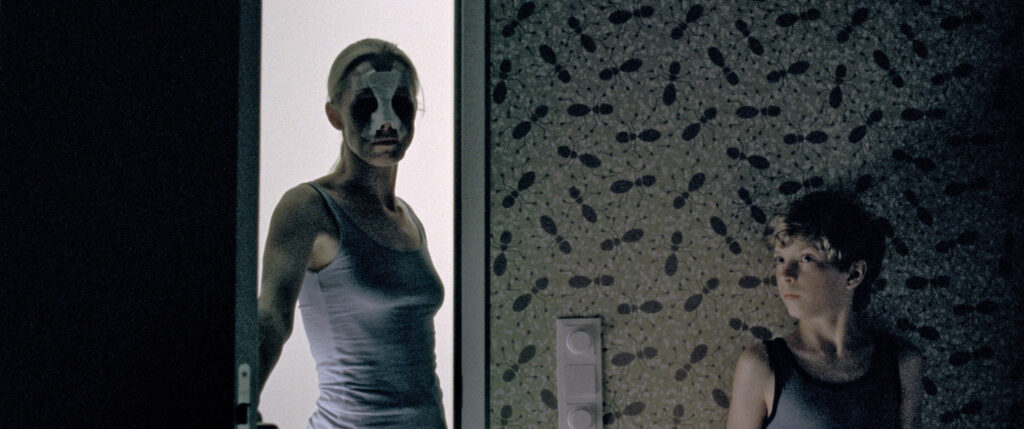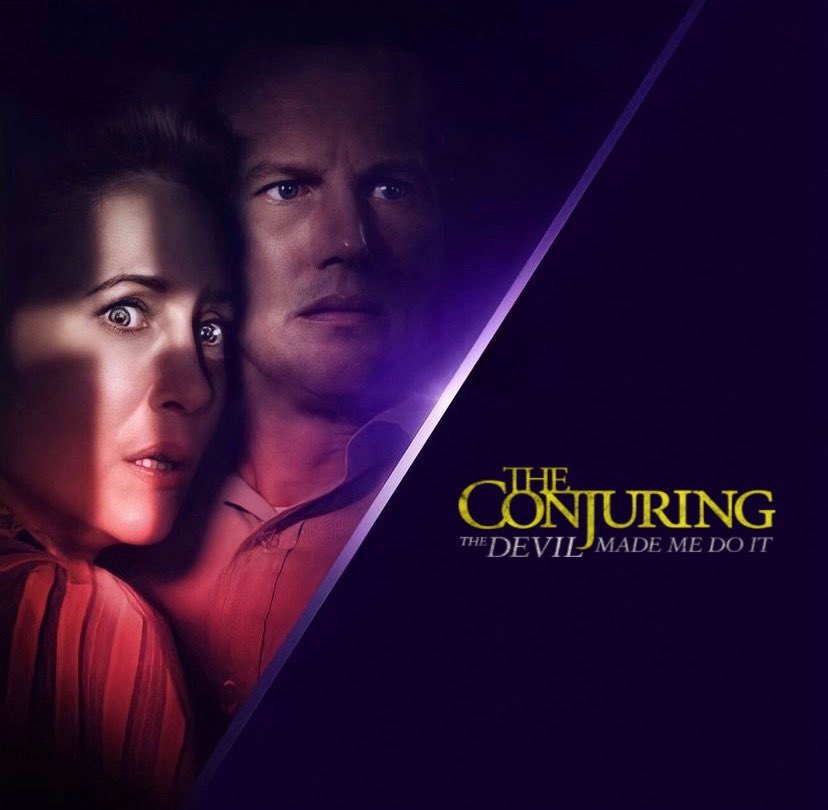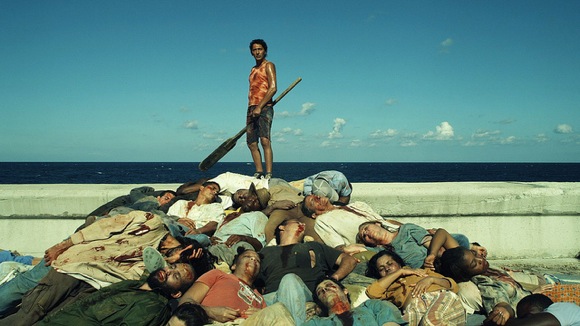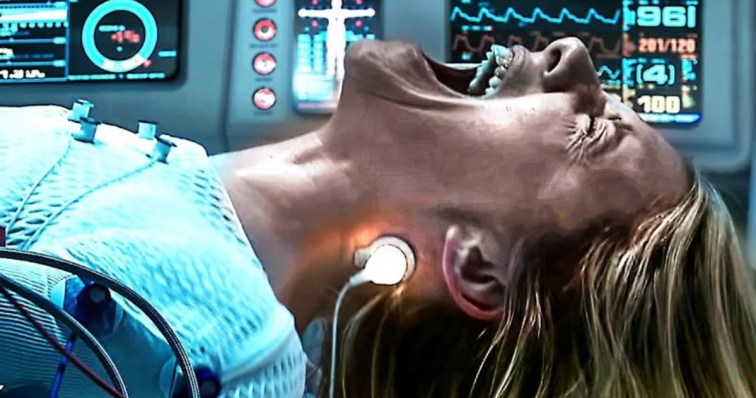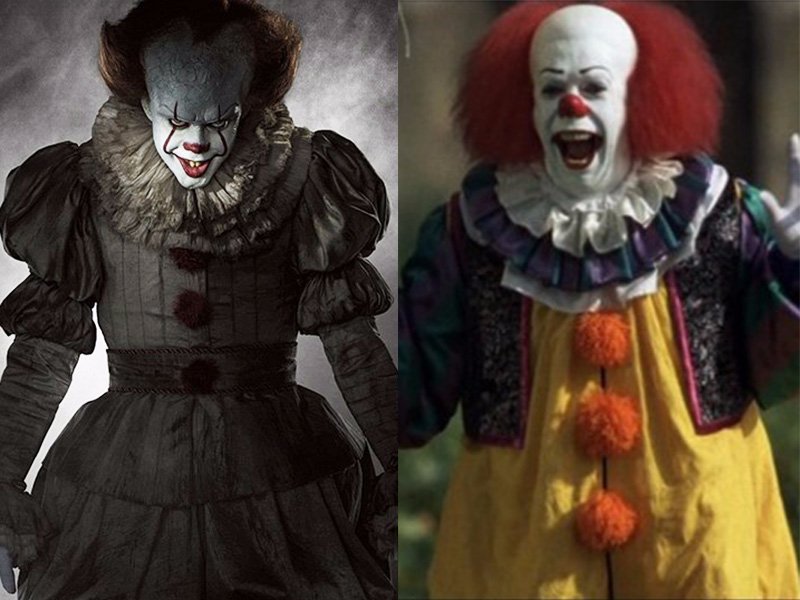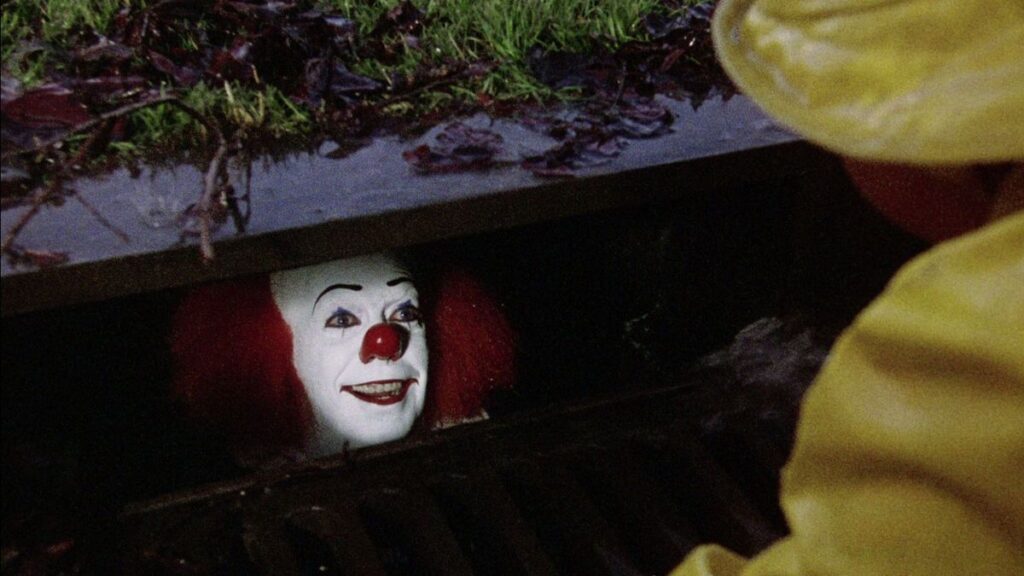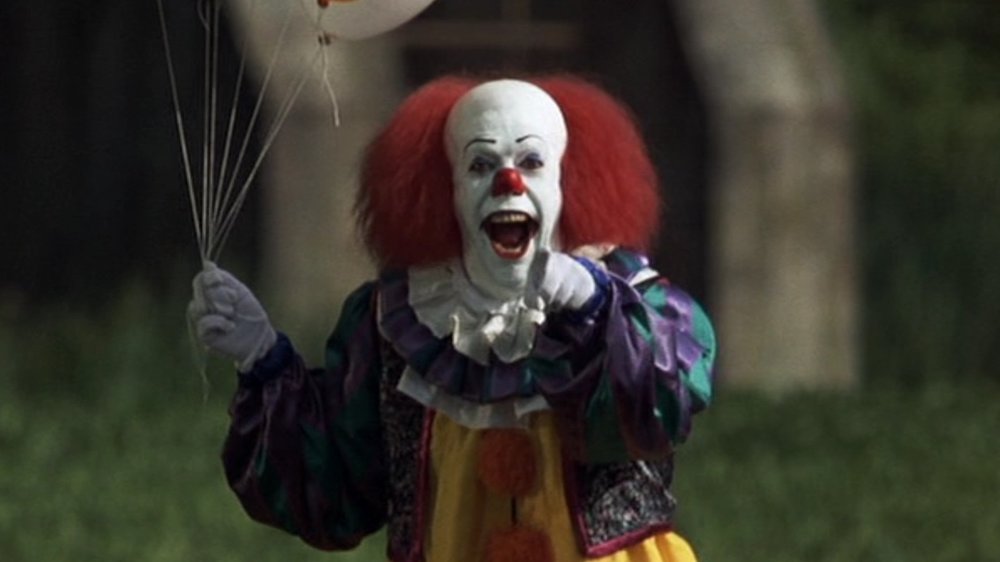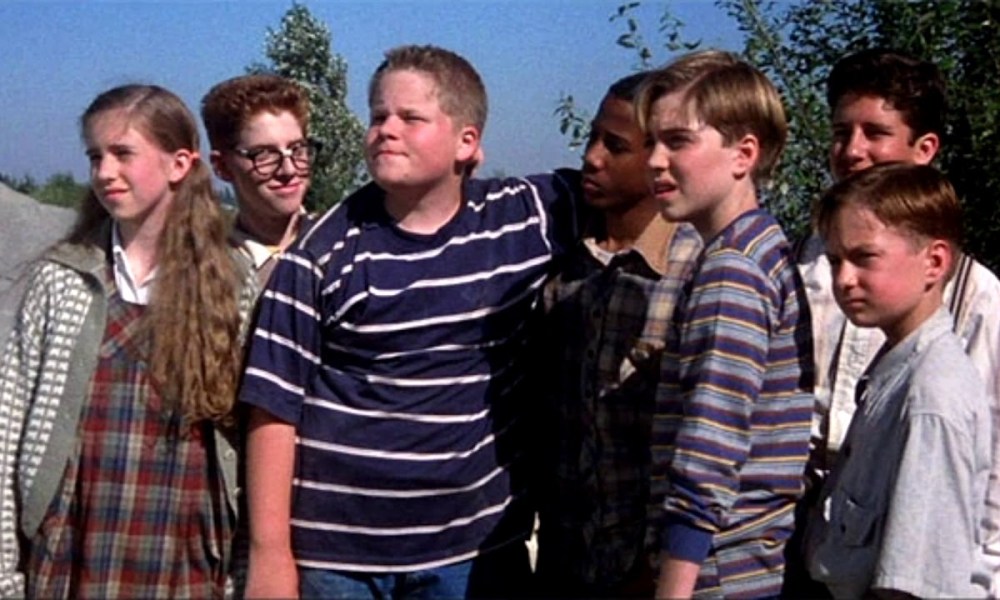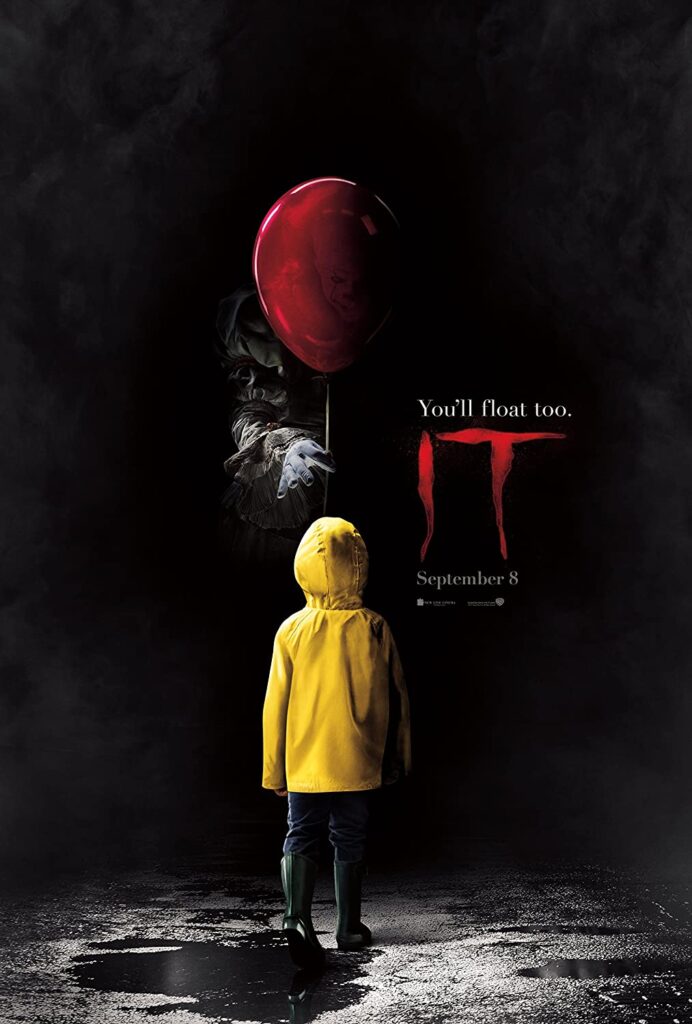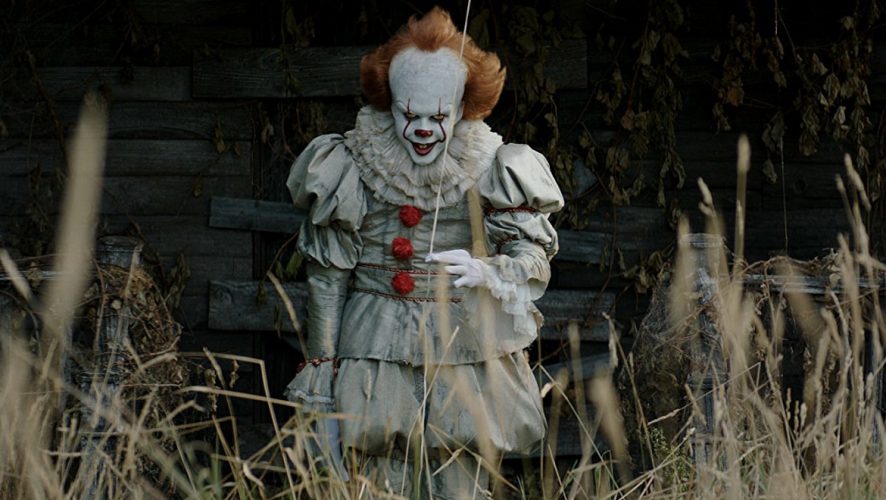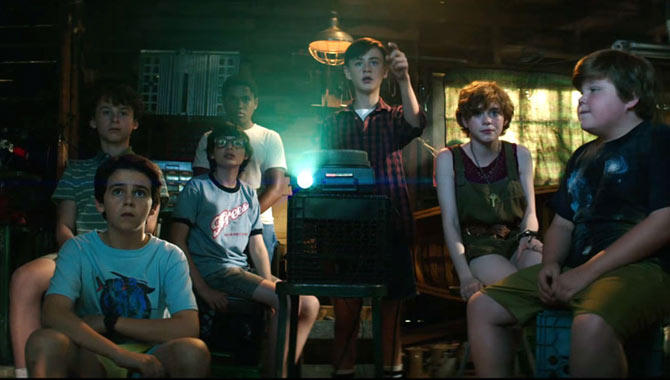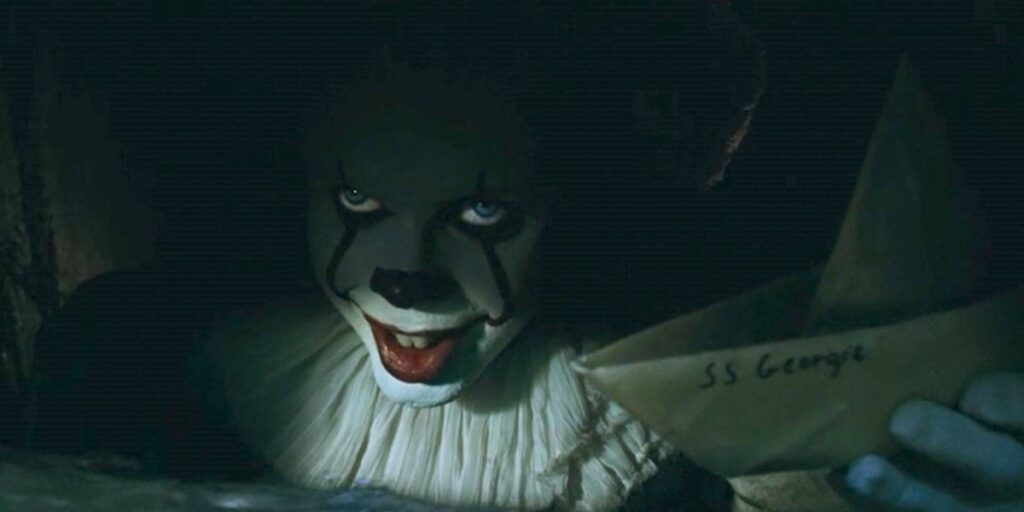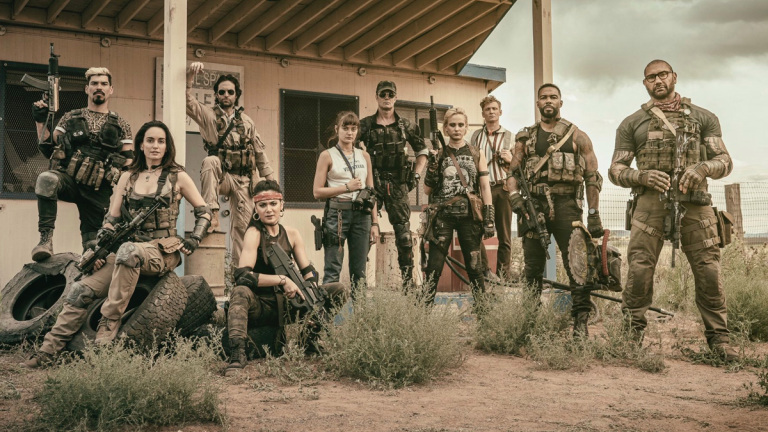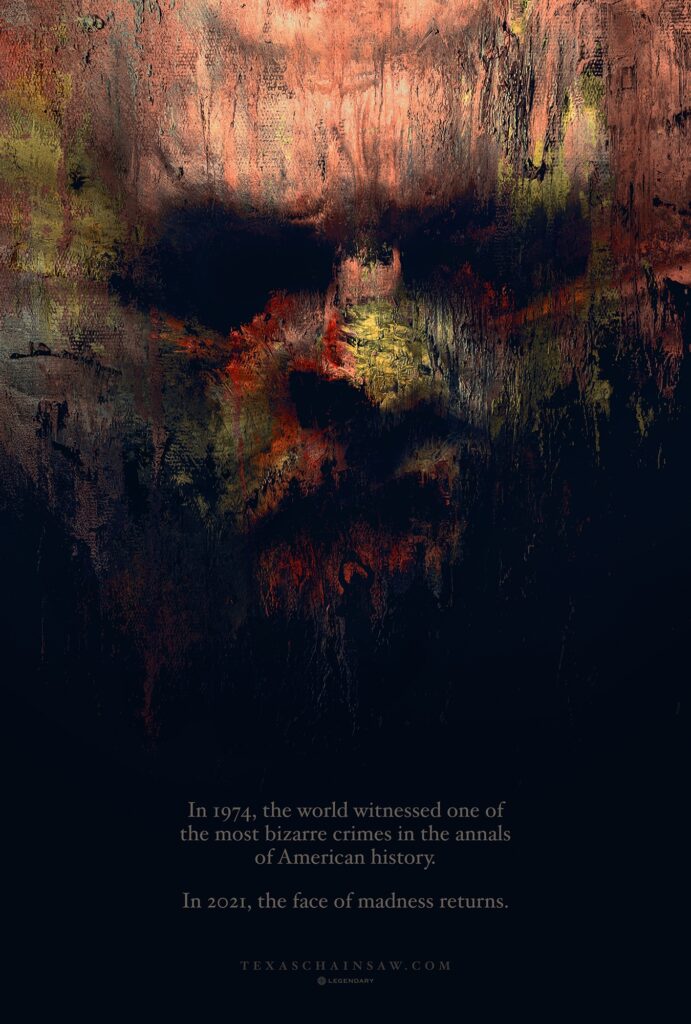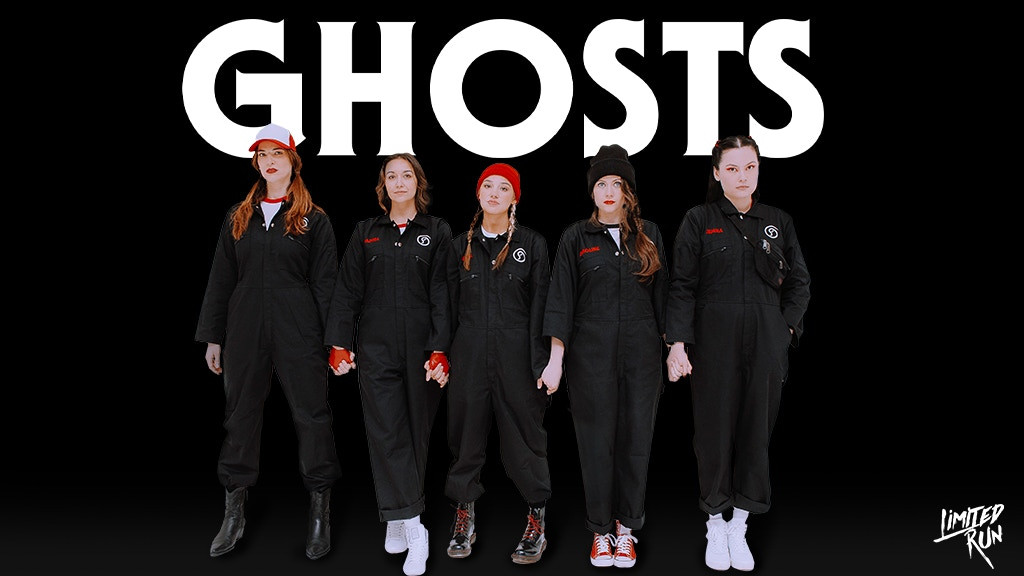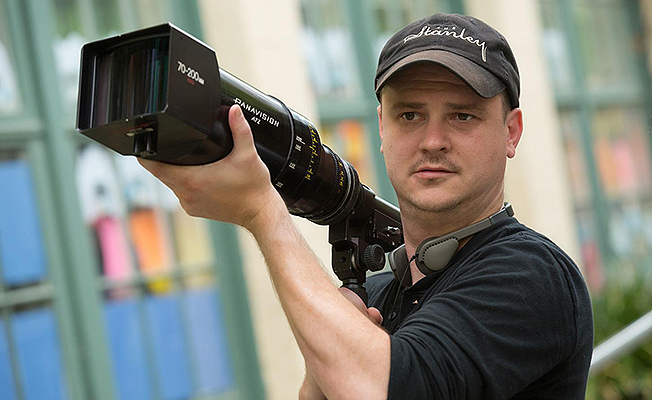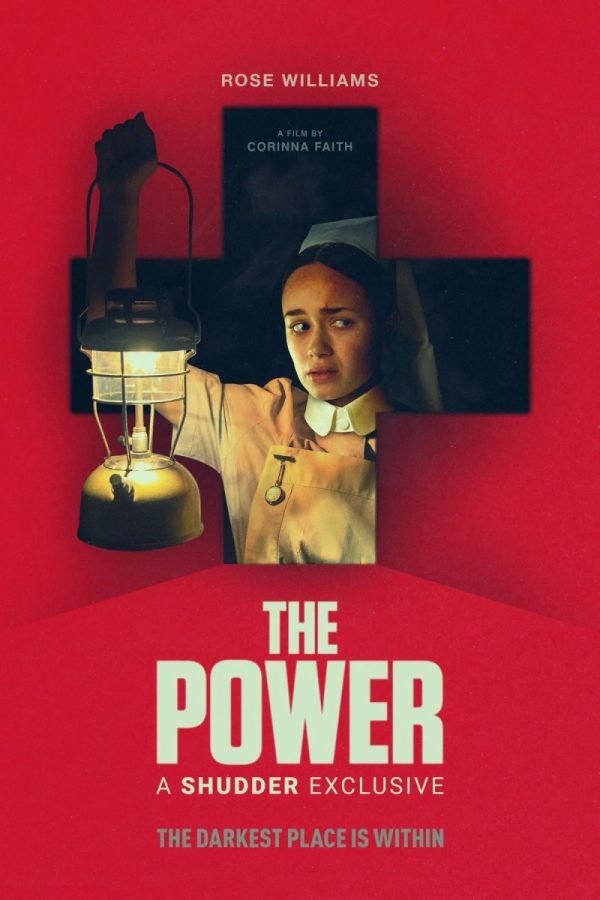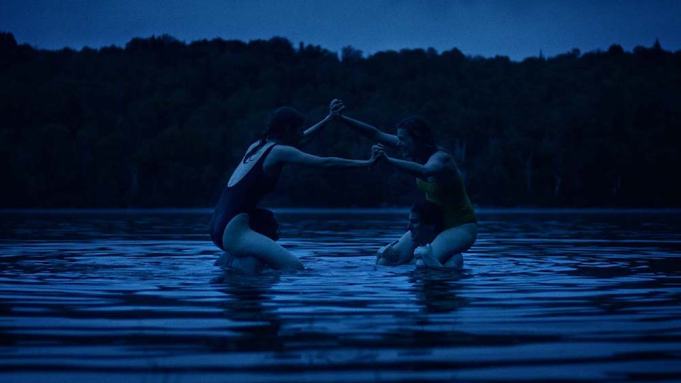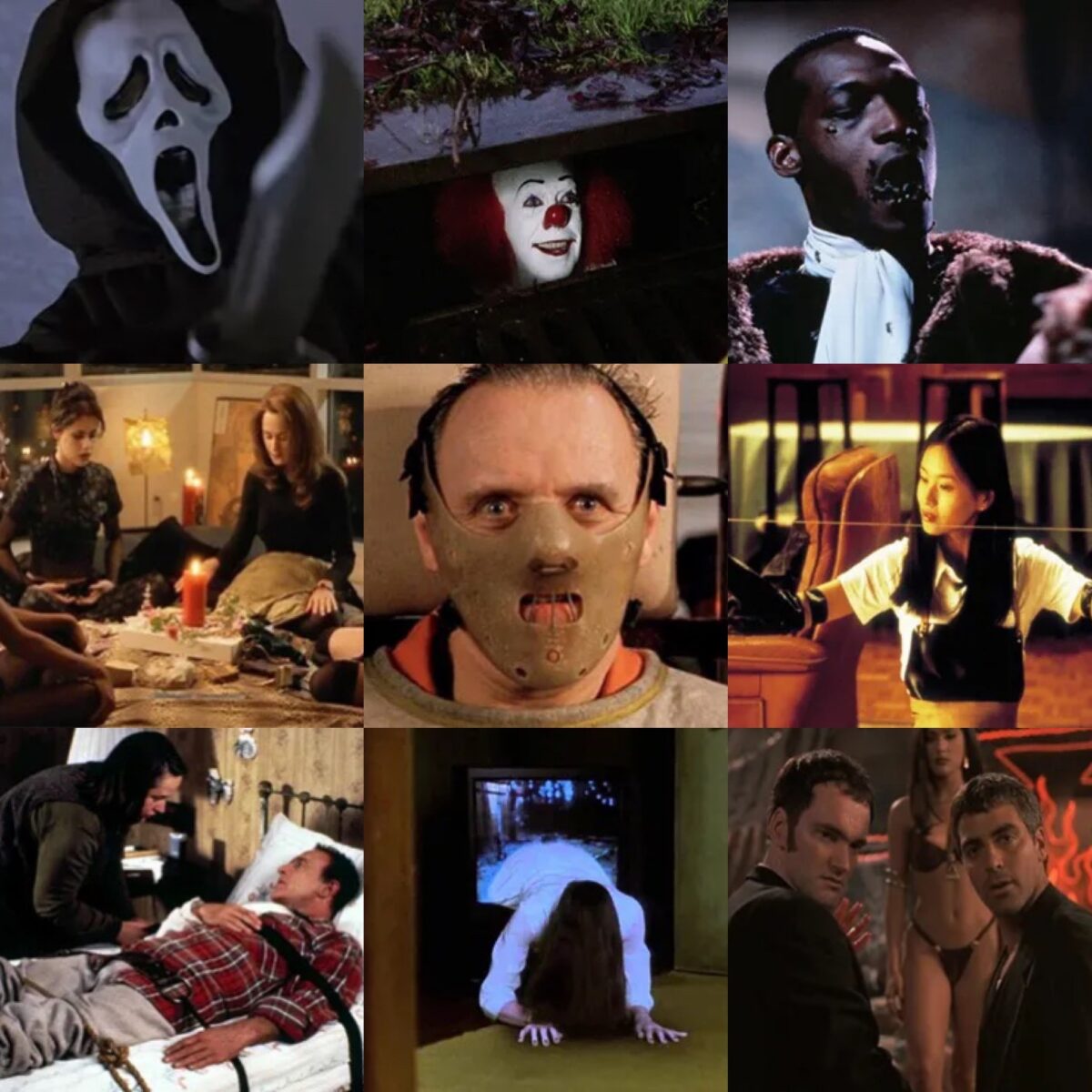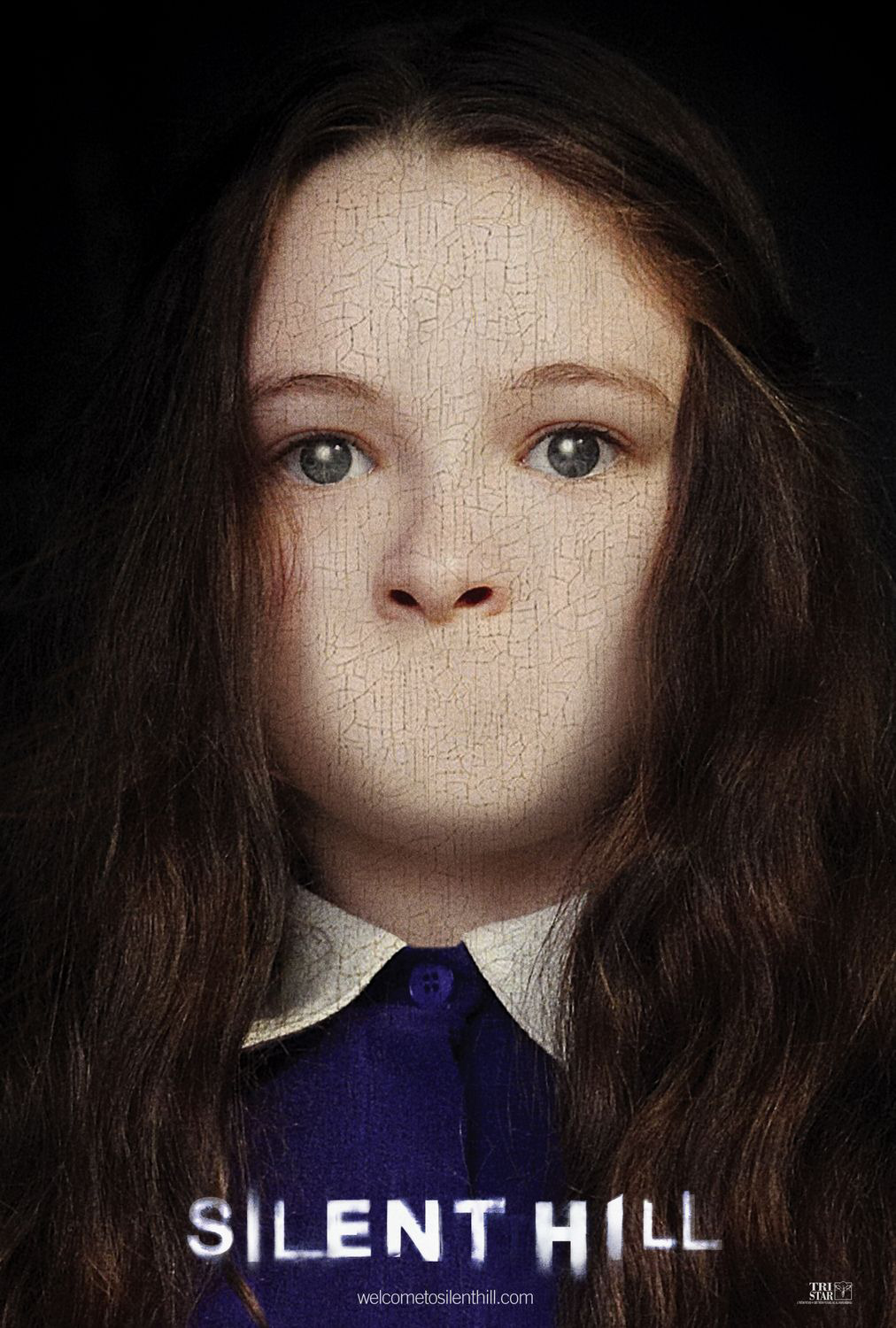
A retrospective deep dive into Silent Hill on its 15th anniversary
Video games, particularly of the horror/survival genre have a rooted integrity that has a massive potential to complement cinematic adaptations. But, typically when game adaptations appear on the ‘big screen’ an overall lacklustre effect looms over any positives, with House of the Dead (2003) being a prime example. Silent Hill manages to swerve any major perpetration and has successfully conjured an almost cult status 15 years later.
A keen passion for the game, truth to pivotal details, and a brave narrative are what allowed Silent Hill to keep its beloved status. With this being said, in no way is the film entirely welcomed, with a mixed reception clouding its reputation. However, as I’ll soon decipher, the craft behind Silent Hill is undeniably worthy of cult class.
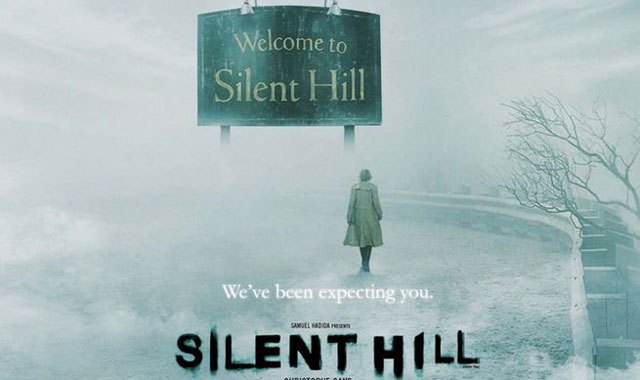
Surrealist imagery, an atmospheric score and a labyrinth setting all melt together to create a purposefully incoherent jungle of horror. The rumor of Konami’s 1999 game being developed began circulating in the early 2000s, with director Christophe Gans constantly bartering for the rights to remake the rapidly growing game into a feature film. In fact, Gans was so personally drawn and passionate about this adaptation that during pre-production he would bring a large gaming setup with him so that whilst he was playing cast and crew would see exactly what angles and stages they should focus on re-creating. This is where a primary issue with its critical consensus lies.
Personally speaking, I do not have a great knowledge of video games at all, let alone Silent Hill. Yet, after watching plenty of playthroughs and description pieces I can fully understand how well Gans translated the hellish world of Silent Hill onto the screen. And with this basic knowledge comes a completely new perspective on the film. To lay it bare, the essence of Silent Hill relies neither on a visual frenzy nor a discerning setting, instead it’s unique perspective depends on every single detail above, even the small features that go unnoticed make a drastic difference to the audience’s experience.

This amalgamation is tremendously challenging to effectively orchestrate. The story itself continuously takes 180 turns whenever it pleases, seeming almost nonsensical at times; but, let’s not forget that Gans is recreating a video game that has an almost unlimited amount of moves and scenarios to work your way through. Hence the film running for a staggering 125 minutes. Where I found myself truly drawn in straight away is through the narrative.
We follow Rose (Radha Mitchell), as she takes her adopted daughter Sharon (Jodelle Ferland) to the mysterious town of Silent Hill to uncover the truth behind Sharon’s innate devotion to this town. However, after they get into a car accident en route, Sharon is nowhere to be found. As a basis, I found that the extensively daunting and dark landscape encapsulates the disturbing nature of the story. When we dig down to its roots Silent Hill tells the tale of parallel dimensions and the consequences regarding veneration of power and the idolisation of higher beings.
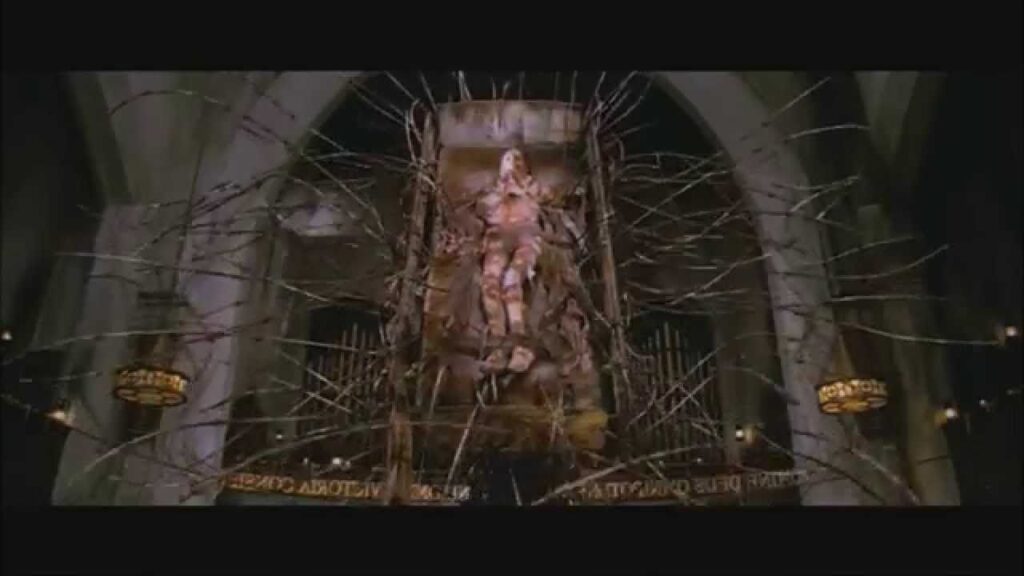
In avoidance of abundant spoilers, Silent Hill imitates a curse, where its unlucky visitors become stuck in limbo. The fog-casted town is a purgatory whose history has led Sharon to practically become cursed. However, an effective backstory does not immediately grant the film a gold star, instead, the boundless story can leave audiences bewildered with many questions unanswered. And this is where one of the main criticisms lies. Personally, as a viewer who had no previous experience with the game, I was at first confused with the immeasurable amount of information that I had to comprehend to understand the ending.
Seemingly I was not alone as many reviews voiced hassle over the excessive exposition drops. But for me, this is where my intrigue to know more about this film grew. Colloquially when we first watch a film we do not always become immediate fans, we need time to process and revisit to appreciate its intentions. I’ve watched Silent Hill a handful of times now and I can truthfully say that the constantly expanding universe entwined with the town is entirely enthralling.

Silent Hill would have not been as effective without the immaculate creature designs. The film’s unnerving atmosphere is impressive, but for audiences to sit through 125 minutes of sole environment-based scares is a lot to ask. Gans re-envisioning of Pyramid Head, Dark Nurses, Grey Children, and Lying Figures all graphically personify what made them so scary in the game.
Perhaps the most interesting and overall perplexing discovery that was made evident by the film is that these monsters primarily disturb as they are all forms of humanoids, rather than completely alien antagonists with zero resemblance to an actual person. Sharon’s connection to Silent Hill is due to a tragedy that was struck by people; everything regarding the horror of the town is rooted in human consequence.
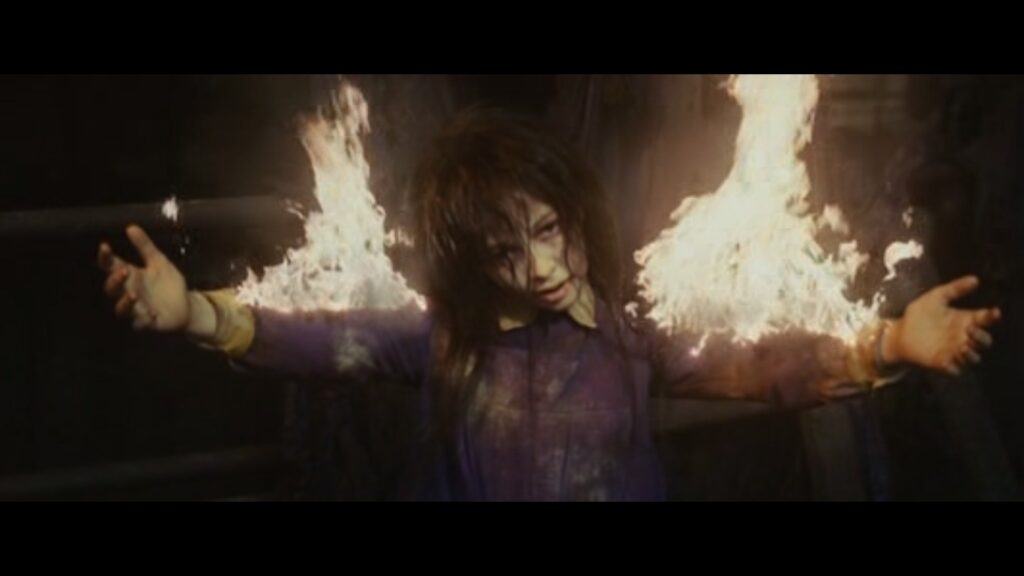
This furthers my next point, the symbolism behind Silent Hill. It takes only a brief read of a synopsis to compare Rose’s journey into the abandoned town to Dante’s Inferno. The tale of Dante’s Inferno is such an iconic method used in the horror genre to attain a deeper meaning to a film, which of course leads to rushed endings and a plethora of stereotypes. Yet, in this case it’s hard to think of a more viable explanation. Grief, revenge, fear, anarchy, trauma, and guilt all come to life within each setting of Silent Hill. Of course, I’m not going to explain the copious layers moulded within Inferno, but when we compare the torturing of souls without rest, alongside the grossly immoral evils of lust that led to the corruption and downfall of Silent Hill we can rest assured make sense of this ambiguously misleading universe.
The legacy of Silent Hill has been rather unconventional. Unlike many horror adaptations, Silent Hill was not made into an ever-expanding film franchise, with only one sequel to bare its name to. However, the game did soar as multiple editions and continuations followed. What we can take away from this retrospective look at Silent Hill is that the actual visual appeal that Gans has produced, combined with the game’s true essence of immorality and personal dread has certainly left its mark on video game adaptations within horror.
This weeks article comes via Grace from Film Overload, you can check out more of her work here.


